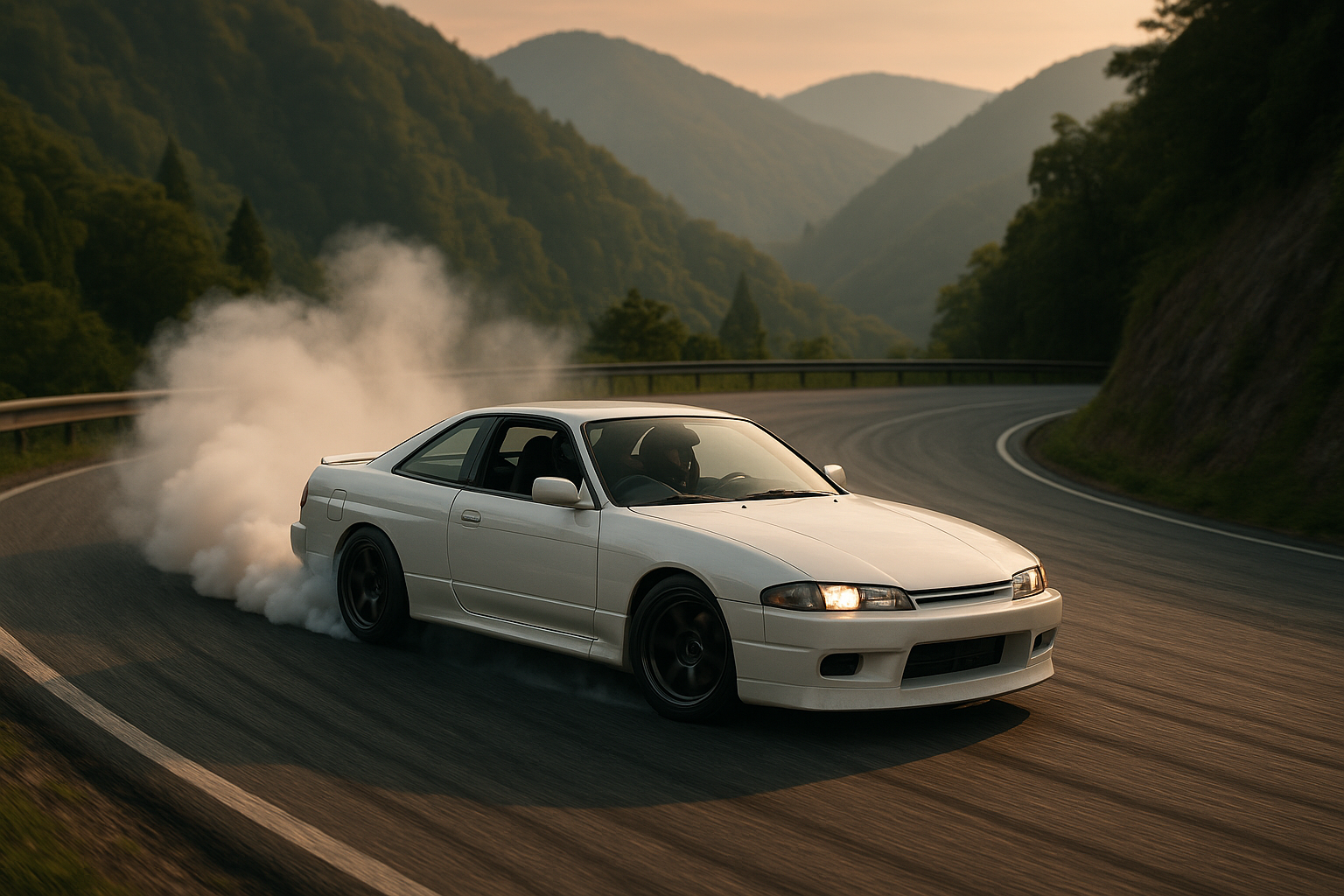The Art of Drifting: A Spin Through History and Impact on Modern Driving
Imagine the adrenaline surge as you navigate a curve with the rear wheels sliding, the engine roaring, and the tires squealing against the tarmac. Welcome to the world of drifting, a driving technique that has transformed from a niche motorsport into a global phenomenon.

A Slip Sliding Affair: Drifting’s Historical Context
Drifting, as a sport, traces its roots back to the winding mountain roads of Japan in the 1960s. Japanese racers, inspired by the daredevilry of motorcycle racers, began to experiment with sliding their cars around turns, gradually evolving this into a distinct driving discipline. They discovered that by intentionally oversteering, they could control their car’s slide and maintain high speeds around corners. This technique was then refined over the years, giving birth to the art of drifting as we know it today.
Drifting into the Mainstream: Key Technological Developments
The progression of drifting was not just about mastering the technique, but it also involved significant technological advancements. From modifications to the car’s differential for improved control, to the development of specialized drift tires for better grip, technology played a vital role in this motorsport’s maturation. One of the most crucial advancements was the advent of high-performance rear-wheel-drive cars, which offered the necessary power and handling characteristics suitable for drifting.
Current Trends and Insights: Drifting’s Influence on the Automotive Industry
Though once considered a niche sport, drifting has now permeated mainstream driving culture. It has inspired various automotive trends, such as the popularity of rear-wheel-drive sports cars and the rise of performance-oriented aftermarket modifications. The demand for cars with more power, better handling, and improved stability control systems has increased, with manufacturers responding by producing vehicles that cater to these needs. Moreover, the techniques learned in drifting have been applied to advanced driver training programs, improving road safety by teaching drivers better car control skills.
The Impact of Drifting: Benefits and Challenges
Drifting’s influence extends beyond the realm of motorsports. It has, over the years, contributed to improving vehicle dynamics, leading to safer, more responsive cars. Drifting techniques have also been incorporated into advanced driver training programs, enhancing drivers’ skills and safety on the road.
However, the sport also faces challenges. The modification of cars for drifting often involves pushing the boundaries of what is considered legal for road use. Additionally, the sport’s growing popularity has led to an increase in illegal street racing and drifting, posing safety hazards.
Drifting Into the Future
Drifting, with its blend of adrenaline-fueled action and precise car control, has left an indelible mark on the automotive world. As it continues to grow in popularity, it will continue to influence automotive trends, drive technological advancements, and shape driving culture. The art of drifting, once a niche motorsport, now spins at the heart of the contemporary automotive scene.




